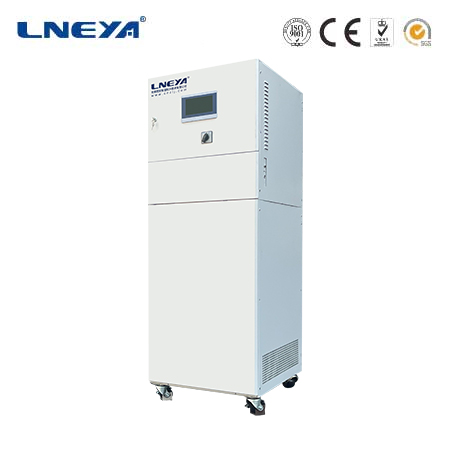water cooler system
Introduction to Water Cooler Systems
Water cooler systems are ubiquitous in offices, schools, and public spaces, offering a convenient source of cold drinking water. These systems chill and dispense water through a process of refrigeration, ensuring a continuous supply of refreshing water. Beyond their primary function, water coolers can also contribute to improved hydration and, in some cases, provide hot water for making tea or coffee.

Types of Water Cooler Systems
Water cooler systems can be categorized into two main types:
Point-of-Use Coolers: These are standalone units that provide chilled (and sometimes hot) water directly to the location where it is needed.
Bottled Water Coolers: These systems use bottled water sources and are typically found in homes or smaller offices where plumbing for a point-of-use system is not feasible.
Components of Water Cooler Systems
The basic components of a water cooler system include:
Water Dispenser: The unit that holds the water and dispenses it upon demand.
Refrigeration Unit: This cools the water, maintaining a temperature suitable for drinking.

Thermoelectric or Compressor: The cooling mechanism, which can be either thermoelectric (for smaller units) or a compressor system (for larger units).
Water Line Connection: For point-of-use systems, a connection to the main water supply is necessary.
Installation of Water Cooler Systems
Installation of a water cooler system involves several steps:
Site Selection: Choose a location with easy access to water and drainage, and consider the proximity to users.
Plumbing: Connect the water cooler to the main water supply and ensure proper drainage.
Electrical: Ensure the unit is connected to a suitable power source and that all electrical connections are safe.
Testing: After installation, test the system to ensure proper water flow, temperature, and drainage.
Maintenance of Water Cooler Systems
Regular maintenance is crucial for the longevity and performance of water cooler systems:
Cleaning:Regularly clean the water dispenser to prevent bacterial growth and scale accumulation.
Filter Replacement:Replace the water filter to ensure water quality.
Inspection:Regularly inspect all components of the equipment to ensure their proper functioning.
Energy Efficiency of Water Cooler Systems

Energy efficiency in water cooler systems is an important consideration, especially for commercial users:
Energy Star Rated Units: Choose water coolers with Energy Star ratings to ensure they meet certain efficiency standards.
Thermostatic Controls: Use coolers with thermostatic controls to maintain a consistent temperature and reduce energy waste.
LED Indicators: Some units feature LED indicators to show when the unit is in use, helping to reduce unnecessary energy consumption.
Health Benefits of Water Cooler Systems
Access to clean, chilled water encourages hydration, which is essential for health:
Improved Hydration: Easy access to water increases daily water intake, supporting overall health and well-being.
Reduced Plastic Waste: By providing a source of chilled water, water coolers can reduce the reliance on single-use plastic bottles.
Conclusion
Water cooler systems are an essential feature in many environments, providing a convenient and refreshing source of drinking water. Understanding the different types, components, installation, maintenance, and health benefits of these systems is vital for making an informed decision when choosing a water cooler. As technology advances, water cooler systems are becoming more energy-efficient and environmentally friendly, making them an excellent choice for promoting hydration and sustainability.
Related recommendations
heater lab
468Laboratory Heaters: Types, Applications, and Safety Laboratory heaters are essential for maintaining precise temperature control in various scientific applications. They are used for a wide ran...
View detailschilled water chiller
368Chilled Water Chiller Systems: Efficiency and Innovation in HVAC Cooling Chilled water chiller systems are an essential part of modern heating, ventilation, and air conditioning (HVAC) technolo...
View details1.5 hp glycol chiller
309Working PrincipleThe operation of a 1.5 hp glycol chiller is based on the principles of the refrigeration cycle. The cycle consists of four main components: the compressor, condenser, expansion v...
View detailsheater for industrial use
193Working PrinciplesIndustrial heaters operate on the principle of converting energy (electrical, fuel-based, or renewable) into heat, which is then transferred to a target material, fluid, or envi...
View details
 LNEYA Thermal Test Chillers
LNEYA Thermal Test Chillers






HelloPlease log in